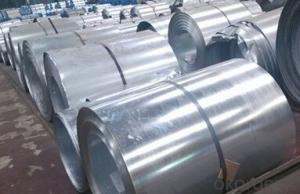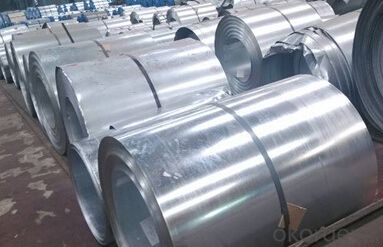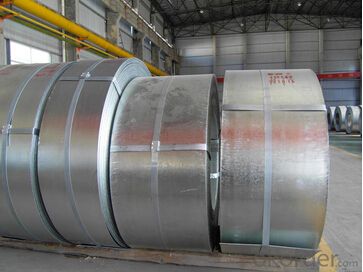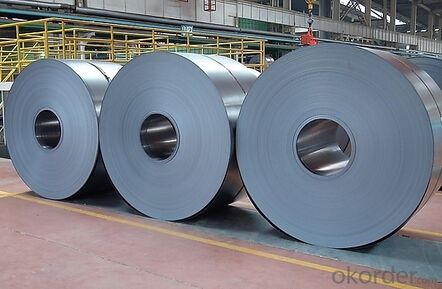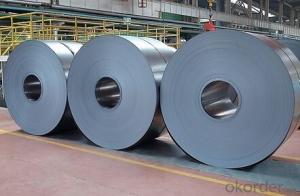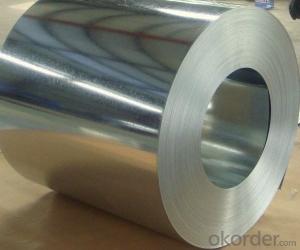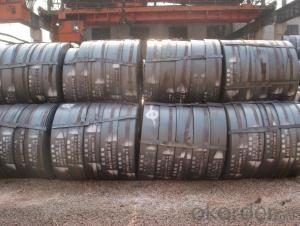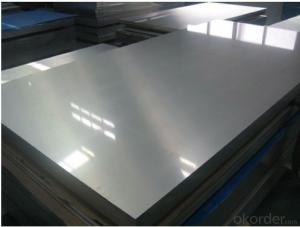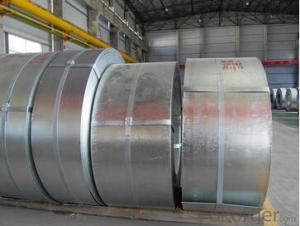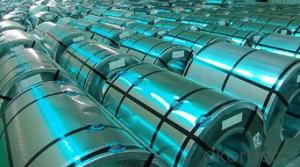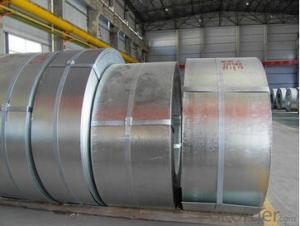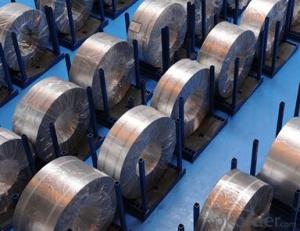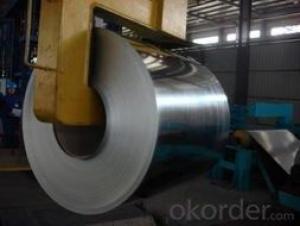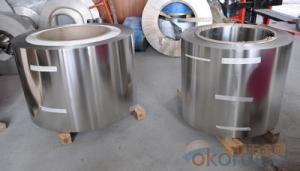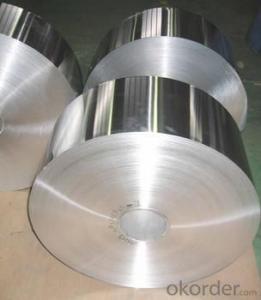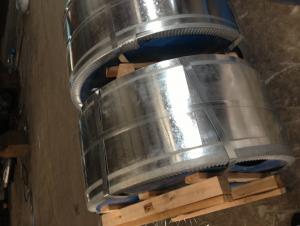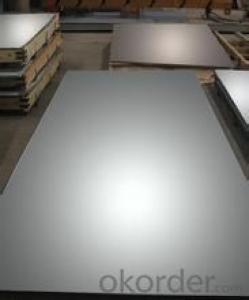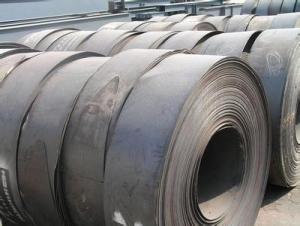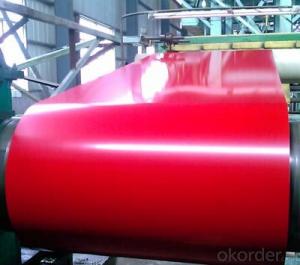Best Cold Rolled Steel Coil JIS G 3302 Walls Steel Coil ASTM 615-009
- Loading Port:
- Tianjin
- Payment Terms:
- TT OR LC
- Min Order Qty:
- 33 kg/m²
- Supply Capability:
- 11 kg/m²/month
OKorder Service Pledge
OKorder Financial Service
You Might Also Like
1.Structure of Cold Rolled Steel Description:
The raw material of cold rolled steel coil/sheet is high quality hot rolled product, and after pickling continuous rolling, degreasing, annealing,skin pass,slitting and cut to length line etc. Along with it many kinds of new technology and new process of global cold rolling production have been applied. Therefore the quality of the goods could be guaranteed. The product is widely used in outdoor and interior decoration, furnishing manufacturing, home appliance, automobile etc. it has a lower melting point than steel and good castability properties.[1] Certain compositions of cast iron, while retaining the economies of melting and casting, can be heat treated after casting to make malleable iron or ductile iron objects. Steel is also distinguishable from wrought iron (now largely obsolete), which may contain a small amount of carbon but large amounts of slag.
2.Main Features of the Cold Rolled Steel:
• Excellent process capability
• Smooth and flat surface
• Workability, durability
• Excellent heat resistance performance
• High strength
• Good formability
• Good visual effect
3.Cold Rolled Steel Images
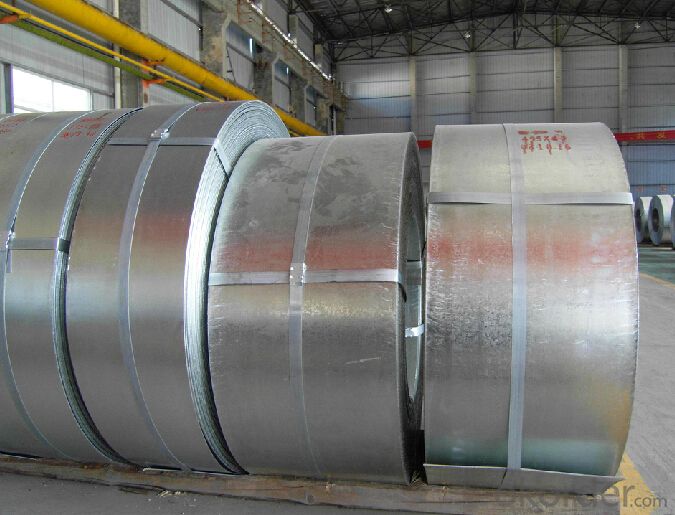
4.Cold Rolled Steel Specification
Standard:AISI,ASTM,DIN,GB,JIS,JIS G3302 ASTM 653M EN10142
Grade: Q195~Q345
Thickness: 0.16mm~1.5mm,0.16-1.5mm
Width: 1250,600-1250mm
Coil weight:3-12 MT
Coil ID:508/610mm
Chemical composition:
C | Si | Mn | Cr | Ni | P | S |
0.150 | 0.476 | 11.231 | 12.50 | 0.900 | 0.039 | 0.010
|
5.FAQ of Cold Rolled Steel
We have organized several common questions for our clients,may help you sincerely:
1.How about your company?
A world class manufacturer & supplier of castings forging in carbon steel and alloy steel,is one of the large-scale professional investment casting production bases in China,consisting of both casting foundry forging and machining factory. Annually more than 8000 tons Precision casting and forging parts are exported to markets in Europe,America and Japan. OEM casting and forging service available according to customer’s requirements.
2.How to guarantee the quality of the products?
We have established the international advanced quality management system,every link from raw material to final product we have strict quality test;We resolutely put an end to unqualified products flowing into the market. At the same time, we will provide necessary follow-up service assurance.
3. How long can we receive the product after purchase?
Usually within thirty working days after receiving buyer’s advance payment or LC. We will arrange the factory manufacturing as soon as possible. The cargo readiness usually takes 15-25 days, but the shipment will depend on the vessel situation.
- Q: What is the thickness tolerance of steel strips?
- The thickness tolerance of steel strips can vary depending on the specific grade and manufacturing process, but it is commonly within the range of +/- 0.005 inches to +/- 0.020 inches.
- Q: What are the factors affecting the price of steel strips?
- Some of the factors affecting the price of steel strips include the cost of raw materials, such as iron ore and coal, as well as the demand and supply dynamics in the market. Other factors include production costs, energy prices, transportation costs, currency exchange rates, government regulations, and global economic conditions. Additionally, trade policies, tariffs, and geopolitical factors can also impact the price of steel strips.
- Q: Can steel strips be used in the manufacturing of cutting tools?
- Yes, steel strips can be used in the manufacturing of cutting tools. Steel strips are commonly used in the production of various types of cutting tools such as saw blades, knives, shears, and drills. The properties of steel, such as its high strength, durability, and resistance to wear and corrosion, make it an ideal material for cutting tools. Steel strips can be easily formed and shaped into the desired cutting tool design, and they can also be hardened and tempered to enhance their cutting performance. Additionally, steel strips can be coated or treated with various materials or coatings to further improve their cutting efficiency and prolong their lifespan. Overall, steel strips offer a reliable and versatile option for the manufacturing of cutting tools.
- Q: What are the factors that affect the electrical conductivity of steel strips?
- There are various factors that can have an impact on the electrical conductivity of steel strips. 1. The composition of the steel strip plays a significant role in determining its electrical conductivity. Although steel is primarily composed of iron, it also contains other elements like carbon, manganese, silicon, and different alloying elements. These elements can affect the conductivity of the steel strip. For instance, a high carbon content can decrease conductivity, while certain alloying elements like copper or nickel can enhance conductivity. 2. The presence of impurities in the steel strip can also affect its electrical conductivity. Impurities like sulfur, phosphorus, and oxygen can introduce resistance to the flow of electrical current, thereby reducing conductivity. Therefore, it is important to minimize the level of impurities during the manufacturing process. 3. The grain size of the steel strip can influence its electrical conductivity. Smaller grain sizes generally have higher conductivity due to the increased number of grain boundaries, which facilitate the movement of electrons. Heat treatment processes can be utilized to control and optimize the grain size of the steel strip. 4. Temperature also plays a role in the electrical conductivity of steel strips. As the temperature increases, the electrical resistance of the steel also increases, resulting in a decrease in conductivity. This phenomenon is known as the temperature coefficient of resistance. It is essential to consider the operating temperature range when selecting a steel strip for electrical applications. 5. The surface condition of the steel strip can impact its electrical conductivity. Factors like surface roughness, oxide layers, and contamination can introduce resistance, leading to reduced conductivity. Proper cleaning and surface treatment methods can be employed to improve the electrical conductivity of steel strips. 6. The thickness and cross-sectional area of the steel strip can also affect its electrical conductivity. Thicker strips generally have lower conductivity due to the increased path length for electron flow. Similarly, larger cross-sectional areas allow for more efficient movement of electrons, resulting in higher conductivity. Considering these factors is crucial when designing and selecting steel strips for electrical applications, as they can significantly influence the overall performance and efficiency of electrical systems.
- Q: Can steel strips be welded or soldered?
- Yes, steel strips can be welded, but they cannot be soldered. Welding involves melting and fusing the steel strips together using heat, while soldering involves joining two metal surfaces using a lower melting point filler material, which is not suitable for steel strips.
- Q: Can steel strips be used in the production of wire and cable?
- Yes, steel strips can be used in the production of wire and cable. They are often used as a core material to provide strength and support to the wire or cable, enhancing their durability and resistance to stretching or breaking. Steel strips also help maintain the shape of the wire or cable, making them ideal for various electrical and industrial applications.
- Q: What are the different edge conditions of steel strips?
- The different edge conditions of steel strips include mill edge, slit edge, deburred edge, rounded edge, and sheared edge.
- Q: What are the common widths available for steel strips?
- The common widths available for steel strips vary depending on the industry and application, but some common widths include 1/2 inch, 3/4 inch, 1 inch, 1.5 inches, and 2 inches.
- Q: Can steel strips be used in railway tracks?
- Yes, steel strips can be and are commonly used in railway tracks.
- Q: What are the different sizes of steel strips available?
- The sizes of steel strips can vary depending on the specific application and industry. Common sizes of steel strips include widths ranging from 1/2 inch to 12 inches, and thicknesses ranging from 0.005 inches to 0.5 inches. However, it is important to note that steel strips can be custom-made to meet specific requirements of a project.
Send your message to us
Best Cold Rolled Steel Coil JIS G 3302 Walls Steel Coil ASTM 615-009
- Loading Port:
- Tianjin
- Payment Terms:
- TT OR LC
- Min Order Qty:
- 33 kg/m²
- Supply Capability:
- 11 kg/m²/month
OKorder Service Pledge
OKorder Financial Service
Similar products
Hot products
Hot Searches
Related keywords
